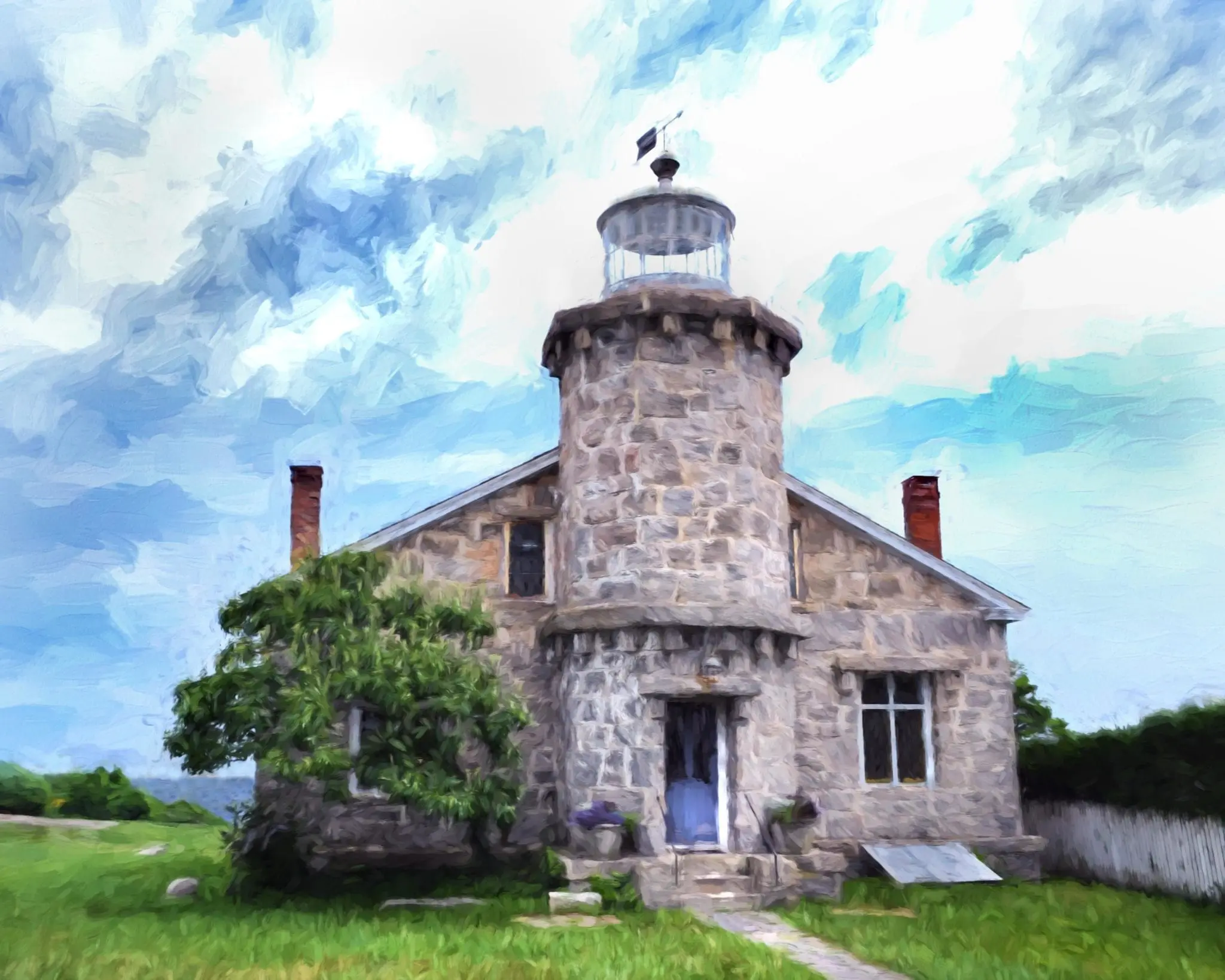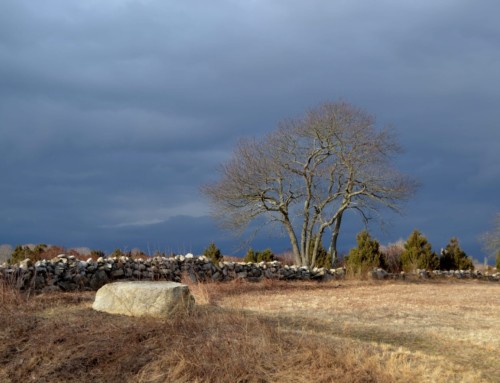The town of Stonington shares its eastern border with Westerly, Rhode Island and is located in the southeast corner of New London County. The town is comprised of many villages including the eastern halves of the villages of Mystic and Old Mystic, the borough of Stonington, and the villages of Lords Point, Wequetequok, and Pawcatuck.
It was settled in 1649 and named Stonington in 1666. Stonington grew as its shipbuilding and whaling industries thrived. Today, the state’s last commercial fishing fleet is based in the village of Stonington Borough.
The Pequot Mohegan’s called it “Wadawanuch”. Today the village is known as Stonington Borough. Stonington Borough is blessed with a natural deep-water harbor with direct access to the waters of both the Atlantic Ocean and Long Island Sound. It is located about halfway between Boston and New York. Its central location were important factors in its development as a transportation hub before the two cities were connected by rail and highway.
The Borough has the distinction of being the only American town to be attacked by a foreign power in two different wars. In the Revolutionary War, it was attacked by the British frigate Rose and again 35 years later in the War of 1812 by a squadron of four British ships. The fleet was under the command of Sir Thomas Hardy of Trafalgar fame.
The British demanded that the town surrender but the citizen’s replied with a note saying they would perish in the ruins before surrendering. The ship’s cannons bombarded the town for three days with over 50 tons of shot but the only casualty was an old woman. The British withdrew after suffering many dead and wounded. The American Poet Philip Freneau wrote:
The bombardiers with bomb and ball,
Soon made a farmer’s barrack fall,
And did a cow-house badly maul
That stood a mile from Stonington.
They killed a goose, they killed a hen
Three hogs they wounded in a pen—
They dashed away and pray what then?
This was not taking Stonington.
But some assert, on certain grounds,
(Beside the damage and the wounds),
It cost the king ten thousand pounds
To have a dash at Stonington.
Stonington first gained wealth in the 1790s when its harbor was home to a fleet engaged in the profitable sealing trade in which the skins of seals clubbed on islands off the Chilean and Patagonian coasts were sold as fur in China. Stonington was so important commercially that the U.S. federal government built a lighthouse there in 1823. Today it is a museum which is well worth a visit.
In 1798 Captain Edmund Fanning from Stonington was the first American to sail around the world in the sealer Betsy. He stopped in Canton China and traded one hundred thousand seal skins for a cargo of tea, silk, and Chinaware. Returning to the US he sold the cargo for the then unheard of price of $52,000. This was the beginning of the China trade. It was carried out in fast clipper ships commanded by bold Yankee captains and the Stonington merchants prospered.
In 1820, 19-year-old, Captain Nathaniel Palmer from Stonington was in command of the47-foot sloop Hero. He sailed south from the South Shetland Islands and sighted land. He noted in the ship’s log, “land not yet laid down on my chart.”
Palmer was in search of new seal rookeries in the South Atlantic. He became the first to see the continent of Antarctic. (This claim is disputed by the Russians). In 1821 John Davis, another sealer from Connecticut, was the first person to actually step foot on the Antarctic continent.
By the middle of the ninetieth century the seal population had been decimated. With whale oil in great demand to light the lights of the world the Stonington Fleet turned to whaling. Crews however were hard to come by as whaling voyages many times lasted up to four years. The shrewd Stonington captains began to stop in the Azores to pick up Portuguese fishermen to supplement their crews.
In Stonington the Portuguese found a coastal community where they could thrive and more and more stayed in the Borough. In the 1930’s there were over three hundred families of Portuguese descent living south of Cannon Square in what is known as the point.
Today the Stonington Portuguese celebrate their heritage with feasting and a parade celebrating the legend of Queen Isabella. In the twelfth century her people were suffering from a great flood and Queen Isabella prayed to the Holy Ghost and promised that if the rain stopped she would sell all her jewels to help feed her people.
The next day the rain stopped and the flood waters receded. Every year in the Borough the Holy Ghost Society has a parade through the streets of the Borough where Queen Isabella’s scepter and crown are carried.
There is also a blessing of the fleet and a wreath is thrown upon the water in memory of all the sailors lost at sea.
In part 2 of the history of Stonington Borough I’ll cover the emergence of Stonington as a fishing port and transportation center.







